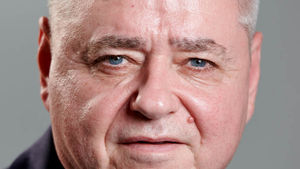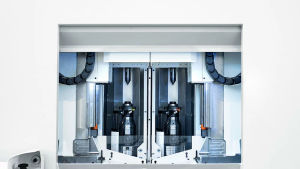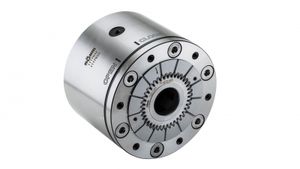Precision regrinding leaves no room for error. At Fraisa, direct data transfer between Zoller measurement systems and ANCA’s WheelServer ensures every grinding wheel pack is ready to perform—no guesswork, no rework. The result: 20 percent less downtime, 10 percent less rework, and consistently perfect tools on the first try.




























































































































































































































































































































































